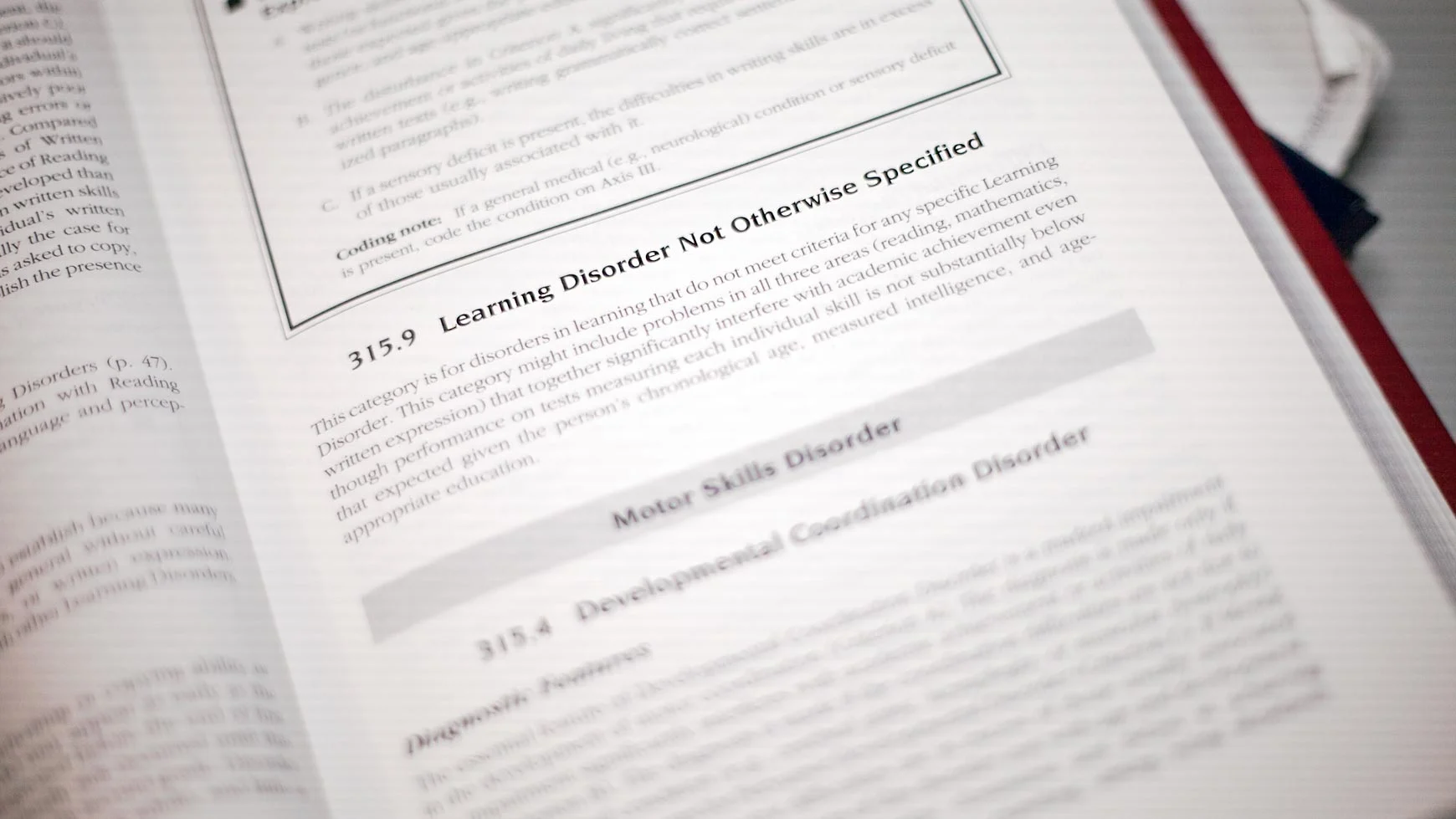Learning disorder not otherwise specified: What you need to know

At a glance
LD NOS stands for “learning disorder not otherwise specified.”
It was a diagnosis used in the past for learning differences that weren’t strictly about reading, writing, or math — such as information processing issues.
Those types of issues now fall under a diagnosis called “specific learning disorder.”
Have you seen the term LD NOS on your child’s private evaluation? Maybe the clinicians you’ve consulted in the past used that term when talking about your child’s learning differences.
This diagnosis isn’t being used anymore. But it’s still a term you might hear, especially if your child’s last evaluation was a while ago.
Learn what the term LD NOS means, and why you might still hear about it.
What LD NOS means
LD NOS stands for “learning disorder not otherwise specified.” It refers to issues that don’t fit neatly into one of the groups of learning differences that relate to reading, writing or math issues.
Kids diagnosed with LD NOS usually have more than one information processing issue that’s getting in the way of learning. They might have trouble with visual or auditory processing, for instance. Or they might have slow processing speed.
Why LD NOS is no longer used
LD NOS is a term that was used by clinicians, such as medical doctors and psychologists, for many years. Some may still use it when they’re describing a child’s behaviors.
It appeared in the fourth edition of Diagnostic and Statistical Manual of Mental Disorders (DSM-IV), which clinicians used when making a formal diagnosis. LD NOS was listed under the category of learning disorders.
The DSM was revised in 2013. In the new version, LD NOS no longer appears. These kinds of issues are now included in a category called “specific learning disorder” (SLD).
If your child’s diagnosis is still LD NOS, it’s not a problem. You don’t have to ask for a new evaluation or diagnosis. People still know and use the term. And if your child does get a new evaluation, the diagnosis will change to SLD.
Why the change from LD NOS to SLD doesn’t affect students
Using the term specific learning disorder instead of LD NOS may not have any impact in terms of school. The term LD NOS typically doesn’t appear on school evaluations or . Neither does the term specific learning disorder.
That’s because the IEP team doesn’t diagnose conditions. Instead, it identifies issues that affect learning. It also doesn’t use the Diagnostic and Statistical Manual of Mental Disorders. The IEP team makes identifications based on the 13 conditions covered under the (IDEA).
The IDEA condition that covers many learning differences is called (also abbreviated SLD). It often covers things like LD NOS, , and other information processing issues. So specific learning disability is the term used in an IEP.
There’s nothing stopping schools from using clinical terms like dyslexia, however. In fact, the Department of Education encourages schools to use those terms if it will help meet a child’s needs.
But even if schools don’t use a particular term in an evaluation or IEP, having the diagnosis can still be helpful in getting supports and services.
The information provided about your child in the outside evaluator’s report helps the IEP team understand how to support your child. It shows what’s getting in the way of learning and helps them figure out what they can do about it.
The change in label from LD NOS to SLD can actually be a benefit. SLD takes into account that many kids have more than one type of learning and thinking difference. It allows for clinicians to be more specific about the types of learning differences students have. And that can help students get the appropriate supports.
More to know
The ways that clinicians and schools look at learning and thinking differences are different. Discover how each of them determines a child’s specific issues. Get to know the terms you might hear from each. And learn more about what evaluation testing results mean.
Key takeaways
The term LD NOS was often used for kids who had more than one information processing issue getting in the way of learning.
With a diagnosis of “specific learning disorder,” a child’s evaluation results will provide detailed information about any challenges.
The switch from LD NOS to SLD takes into account that many kids have more than one learning and thinking difference.
